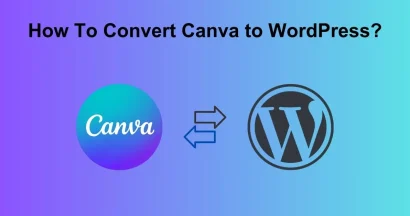A wireframe serves as the foundational blueprint for a digital product, outlining its structure, layout, and functionality before any visual design is applied. Choosing the right tools to design wireframes is essential for a streamlined workflow, enabling designers and stakeholders to collaborate effectively and visualize the user journey.
This guide provides an in-depth review of the best wireframing tools available, helping you select the ideal solution for your project needs.
Eduma – Education WordPress Theme
We provide an amazing WordPress theme with fast and responsive designs. Let’s find out!
What Are Wireframes?
A wireframe is a low-fidelity, simplified visual representation of a website or application. It focuses on the allocation of space, content prioritization, and core functionalities, deliberately omitting stylistic elements like colors, fonts, and images. The primary purpose is to establish the basic structure and user flow, allowing teams to agree on the layout before investing time in detailed design and development.
Using a dedicated website wireframe tool offers significant advantages over paper sketching, including ease of editing, collaboration features, and the ability to create interactive prototypes.
How to Choose the Best Wireframing Tool
When selecting a site wireframe tool, consider the following factors to ensure it aligns with your project requirements and team dynamics:
- Ease of Use: The tool should have an intuitive interface that allows you to create and modify layouts quickly without a steep learning curve.
- Collaboration Features: Look for real-time editing, commenting, and sharing capabilities to facilitate seamless teamwork and stakeholder feedback.
- Prototyping Capabilities: The ability to transform static wireframes into interactive prototypes is crucial for testing user flows and demonstrating functionality.
- Integration: Ensure the tool integrates with other design software in your design workflow, such as Sketch, Adobe Creative Cloud, or project management platforms.
- Pricing: Evaluate the cost against the features offered. Many tools provide free plans or trials, allowing you to test their capabilities before committing.
Top 6 Tools to Design Wireframes
Here is a detailed review of the leading wireframe tools, each catering to different needs and project complexities.
1. Figma (for Team Collaboration)
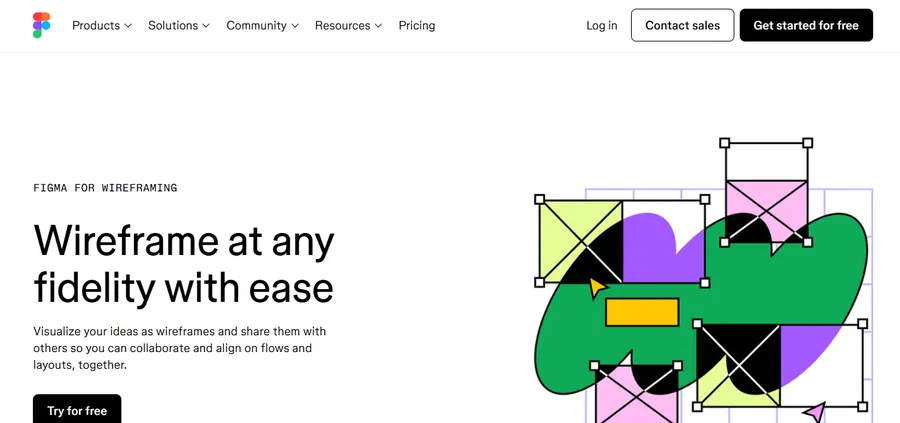
Figma is a cloud-based design platform that has become an industry standard for its powerful real-time collaboration features. It allows multiple users to work on the same file simultaneously, making it an excellent choice for teams. Figma covers the entire design process, from initial wireframing to high-fidelity mockups and interactive prototyping.
Key Features:
- Real-time collaboration with multiplayer editing and commenting.
- Auto Layout for creating responsive designs that adapt to different screen sizes.
- A vast library of community-created plugins and templates.
- Built-in prototyping to create clickable user flows.
Pricing: Figma offers a generous Free plan for individuals. The Professional plan starts at $3 per editor/month (billed annually), and the Organization plan starts at $5 per editor/month (billed annually).
2. Sketch (for Interface Design)
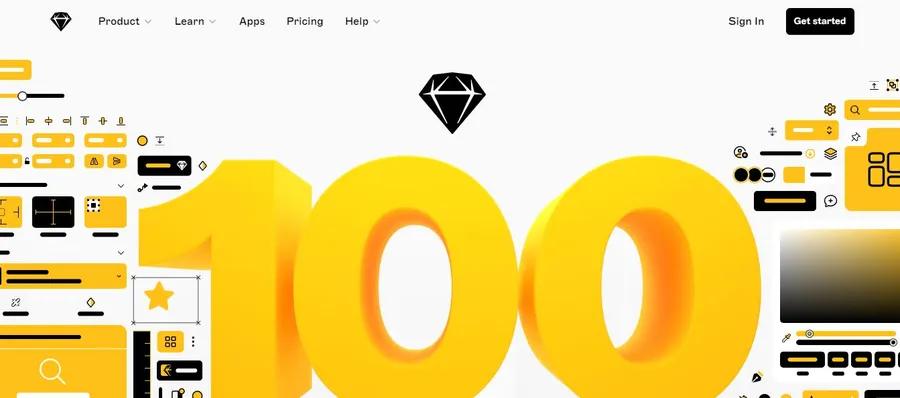
Sketch is a powerful vector-based design tool exclusively for macOS. It has long been a favorite among UI/UX designers for its clean interface and precise control over design elements. While its collaboration features are not as natively integrated as Figma’s, its extensive plugin library and robust design capabilities make it a top contender.
Key Features:
- Powerful vector editor for creating precise and scalable designs.
- Reusable components (Symbols) to ensure design consistency.
- An extensive ecosystem of third-party plugins to extend functionality.
- Offline access, as it is a native desktop application.
Pricing: Sketch is available via a subscription model. The Standard plan costs $10 per editor/month or $120 per editor/year.
3. Adobe XD (for Creative Cloud Integration)
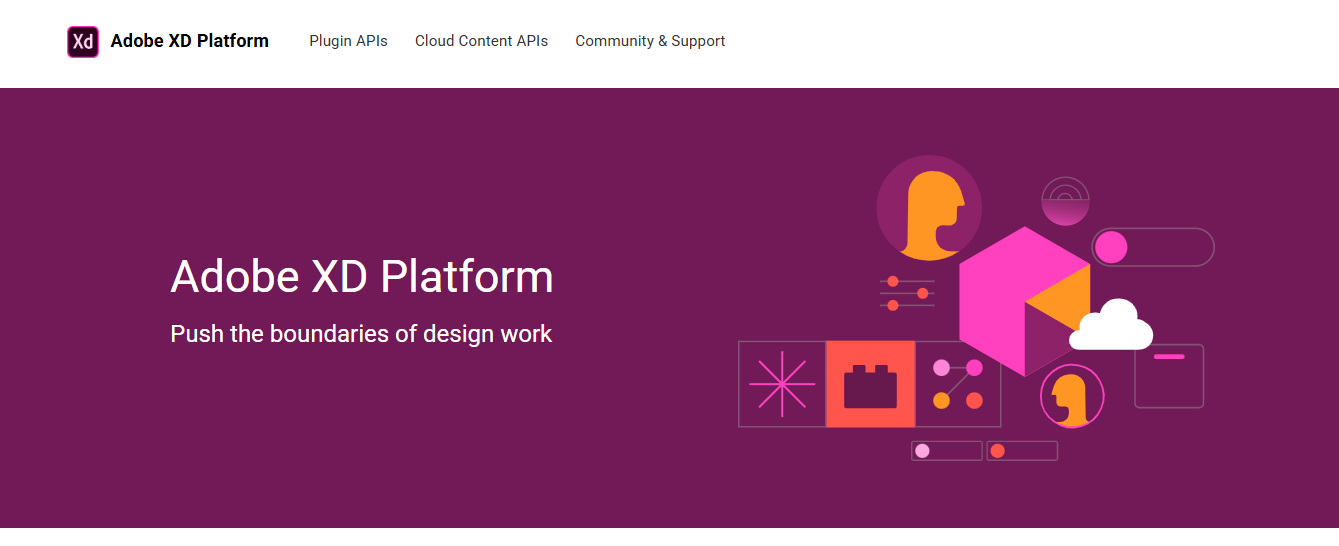
Part of the Adobe Creative Cloud suite, Adobe XD is a comprehensive tool for both wireframing and prototyping. Its seamless integration with other Adobe applications like Photoshop and Illustrator makes it an ideal choice for designers already invested in the Adobe ecosystem. XD is known for its user-friendly interface and powerful performance.
Key Features:
- Repeat Grid feature for quickly creating repeating elements like lists and galleries.
- Responsive Resize to preview designs on various screen sizes.
- Smooth integration with other Adobe Creative Cloud apps.
- Voice prototyping and auto-animation capabilities.
Pricing: Adobe XD is available through the Creative Cloud All Apps plan, which costs $69/month.
4. Axure RP (for Advanced Prototyping)
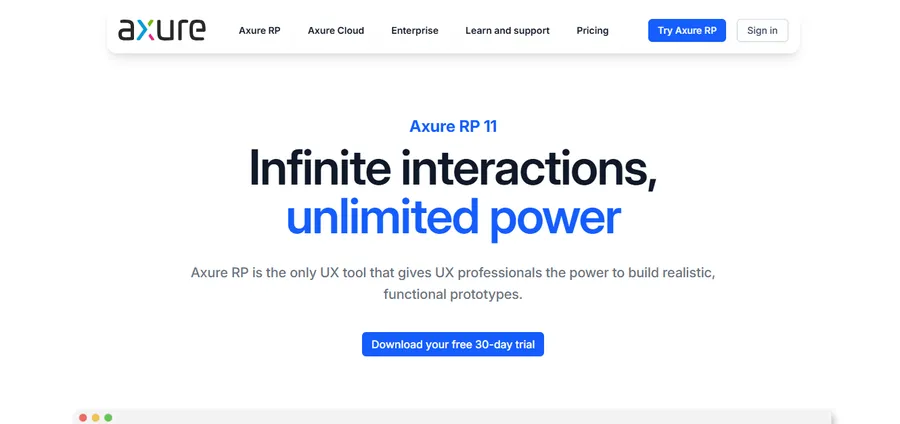
Axure RP is a professional-grade tool designed for creating complex, highly interactive prototypes with conditional logic and dynamic content. It is favored by large organizations and UX professionals working on intricate projects that require detailed specifications and functional testing. While it has a steeper learning curve, its power is unmatched for complex prototyping.
Key Features:
- Advanced interactivity with conditional logic, variables, and expressions.
- Comprehensive documentation and specification generation.
- Ability to create data-driven and dynamic prototypes.
- Robust collaboration and handoff features for development teams.
Pricing: Axure RP offers subscription plans starting at $29 per user/month (billed annually).
5. Balsamiq (for Rapid Ideation)

Balsamiq is one of the most popular wireframing tools known for its simplicity and low-fidelity, sketch-like aesthetic. It intentionally avoids high-fidelity design elements to keep the focus strictly on structure and functionality. This makes it perfect for brainstorming sessions, rapid ideation, and communicating core concepts without distraction.
Key Features:
- Hand-drawn, low-fidelity style encourages focus on layout over visuals.
- Simple drag-and-drop interface.
- Large library of pre-built UI components.
- Excellent for non-designers and quick brainstorming.
Pricing: Balsamiq offers cloud and desktop versions. The cloud subscription starts at $12/month for 2 projects.
6. MockFlow (for User-Friendly Efficiency)
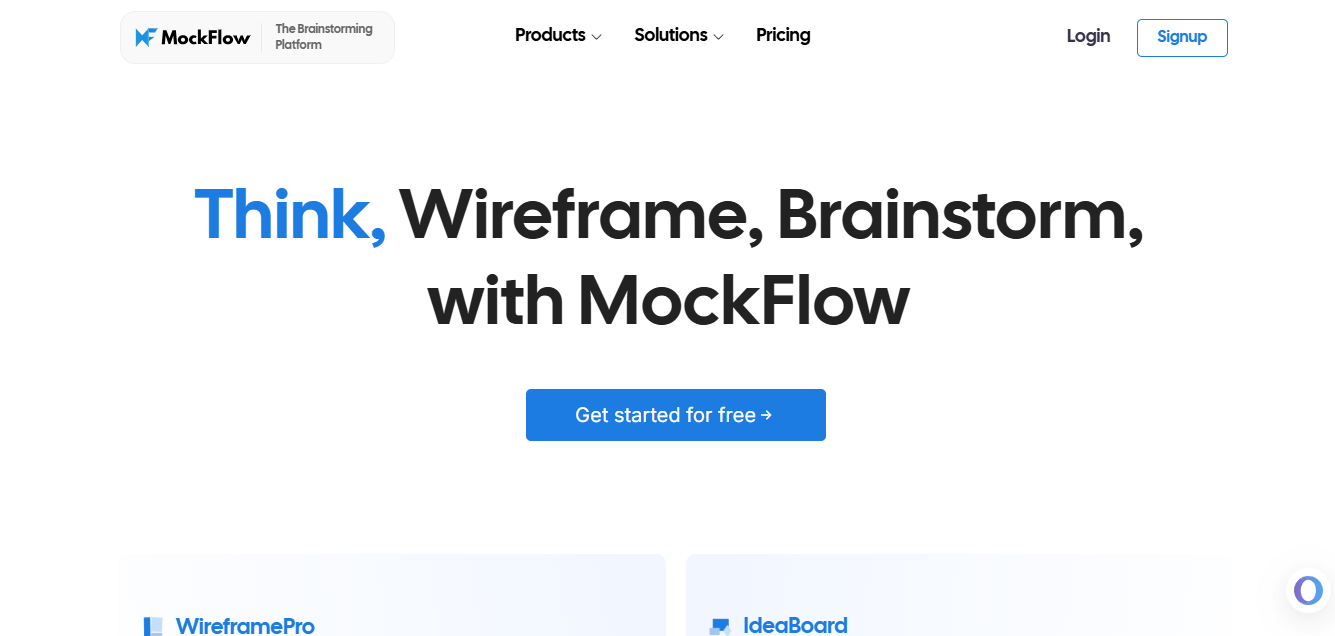
MockFlow is a user-friendly and efficient platform that provides a suite of tools for the entire product design process, with wireframing at its core. It boasts an extensive library of pre-made components and templates, which helps accelerate the design process significantly. Its intuitive drag-and-drop interface makes it accessible to both beginners and experienced designers.
Key Features:
- Large library of UI components and templates for web, mobile, and wearable devices.
- Real-time collaboration and feedback tools.
- Version history to track changes and revert to previous iterations.
- Wireframe-to-prototype conversion.
Pricing: MockFlow has a free plan with limitations. Paid plans start at $14 per user/month (billed annually).
Wrapping Up
Wireframing is a non-negotiable step in creating thoughtful, user-centric digital products. The diverse tools to design wireframes available today—from Figma’s collaborative powerhouse to Balsamiq’s rapid ideation canvas—cater to every conceivable need.
The ideal tool for you will depend on your team size, project complexity, and preferred workflow. The key is to choose one, master it, and integrate wireframing into the core of your design process. By doing so, you’ll lay the groundwork for websites and applications that are not only beautiful but also truly effective.
FAQs about Tools to Design Wireframes
What is the main purpose of a wireframe?
The primary purpose of a wireframe is to establish the basic structure, content hierarchy, and functionality of a webpage or application. It acts as a blueprint that allows teams to agree on the layout before moving to more detailed visual design and development phases.
Can I create a wireframe for free?
Yes, many of the best tools to design wireframes, such as Figma and MockFlow, offer robust free plans that are suitable for individuals and small projects. Tools like Wireframe.cc also provide a free, minimalist option for quick sketches.
What is the difference between a wireframe and a mockup?
A wireframe is a low-fidelity, structural blueprint that focuses on layout and functionality, typically using grayscale and placeholder elements. A mockup, on the other hand, is a high-fidelity, static visual design that incorporates colors, typography, and imagery to represent the final look and feel of the product.
What is the difference between a wireframe and a mockup?
Collaboration is crucial because web design is a team effort. Features like real-time editing and commenting allow designers, developers, and stakeholders to work together seamlessly, share feedback instantly, and ensure everyone is aligned on the design direction before moving to development.
Read more:
Contact US | ThimPress:
Website: https://thimpress.com/
Fanpage: https://www.facebook.com/ThimPress
YouTube: https://www.youtube.com/c/ThimPressDesign
Twitter (X): https://twitter.com/thimpress

